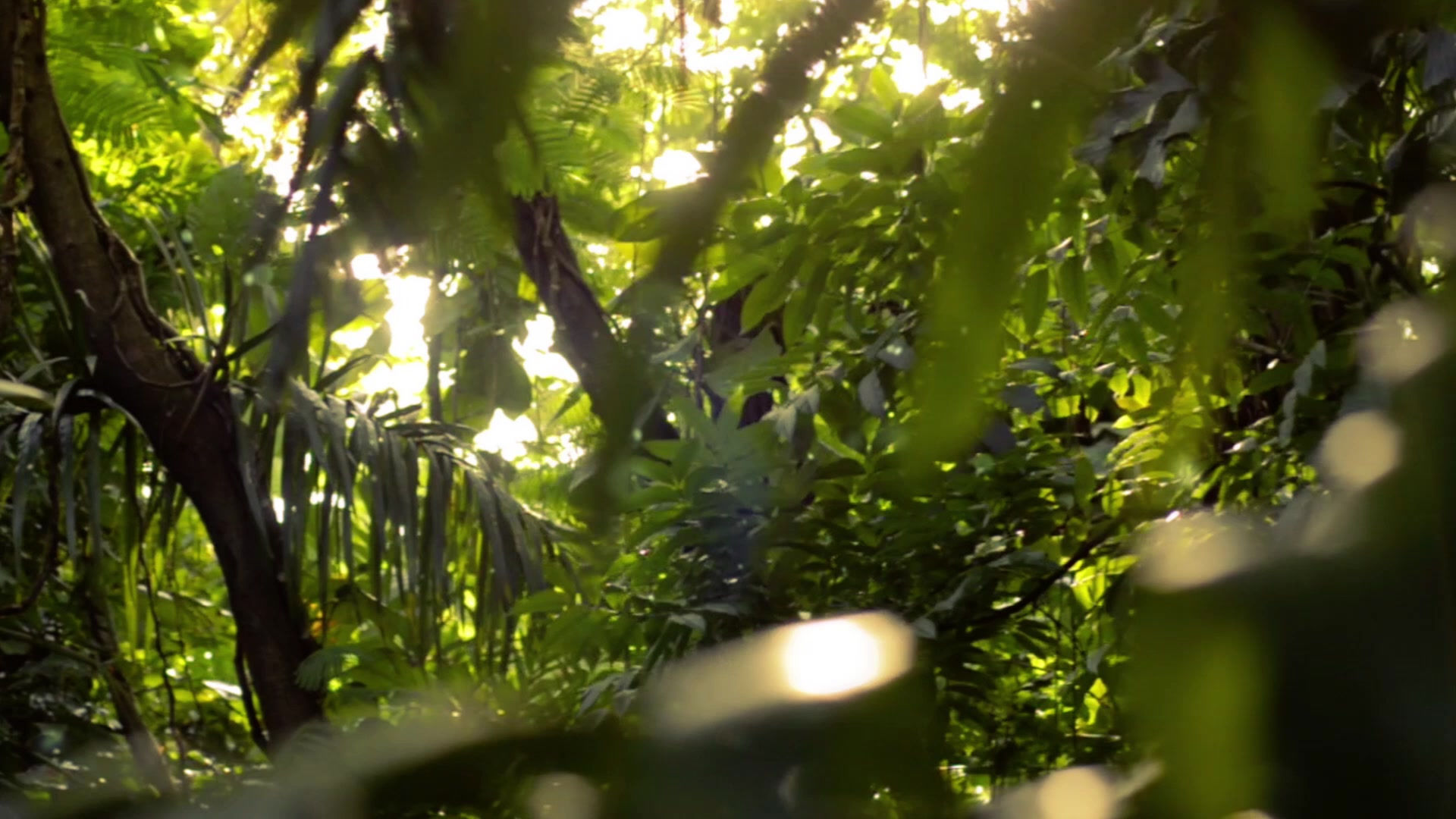
Teachings from Nature
Helping Together, Sharing
We have a lot to learn from nature. Nature, which provides our basic living resources such as clean air, clean water, clean soil, clean food, is also a source of abundance and knowledge; As long as we can see and observe.
Let's look at the functioning of forests, one of the most fertile ecosystems, and see what lessons we can learn:
There are internal balances in the forest and in the formation of these balances, the following processes are experienced together: There is competition for space, food and energy. Every living thing needs space, food and energy for its existence.
As a species grows, its needs increase - competition intensifies. If two different species compete for the same needs, eventually one wins and the other dies; this is called 'competitive exclusion'. There are two types of competition: direct competition and indirect competition. In direct competition, there is the behaviour of growing faster than others, outcompeting others and taking resources for oneself. For example, the first tree sapling to sprout has the advantage, it grows first and the others try to make do with the resources available under it; those who cannot survive die. This is the basis of most of the ongoing struggles in human history: to control limited resources, to establish superiority over others and to decide who lives and who does not. The second type of competition in ecosystems is indirect competition: it prevents others from flourishing. For example, pine trees acidify the soil at their base, making it toxic to many other plants. Other forms of indirect competition include dictating one's own views and way of life to others, and suppressing dissenting opinions and voices.
Indirect competition is strongest in systems designed with only one or a few species instead of a diversity of species. Take for example mono-forestation with pine trees: Bacteria and other organisms cannot convert the needles that fall on the soil and the needles accumulate as acidic raw humus. This environment does not allow other plant seeds to grow. Indirect competition is not easy to recognise and can only be understood when the balance is disturbed locally. Pollution, pesticides/chemicals are also elements of indirect competition.
Sooner or later, competition is out of tune and everyone suffers. Because as a result of competition, one or at most a few species have become dominant. During this dominance, it changes the balance of the surrounding ecosystem, often resulting in serious disruptions. In a single type of tree species, the effects of epidemics and pests can be devastating because without plant diversity, epidemics can spread much faster. The rapid drying up of pine forests worldwide (due to pine beetle infestation) is an example of this. The bottom line is that single-species communities are very rare in nature because they are unstable and unprotected.
Competition must be tolerated to a certain extent, a control mechanism, a limit to competition must come. Nature has created a much more effective solution for fertility and abundance than competition:
Coexistence in Balance
It is the most basic requirement for biological community. For example, some plant seeds grow better together if we place them in the same hole: watermelon, melon, courgette, radish, radish, flowers. There are 'sister' plants that help each other to grow better, those that nourish the soil, loosen it, build soil, cover the ground; those that refract the burning rays of the sun and allow other plants to grow in the shade ... they all benefit each other.
Diversity leads to balance, balance leads to abundance, abundance leads to sustainability and sustainable community. If one or more of the components that ensure balance are destroyed with a competitive approach, the balance of that ecosystem is disturbed and collapses and turbulences are experienced until a new balance is reached. For example, if the top trees in a forest are cut down, more light enters the forest and prevents the growth of the lower trees, may cause them to die and collapse down to the soil level - the whole ecosystem may be affected.
In a biological community, no individual can behave arbitrarily. Each individual has to live as part of the community.
The solution for abundance and fertility in nature is clear: Co-existence in Balance, diversity, support for each other, helping, sharing. In human history, we can see similar behaviour in periods when societies lived in peace and prosperity. Before it is too late, we must realise the importance of listening to and understanding different voices and the value of diversity; only then can we reach a permanent and beneficial solution and understanding of life for everyone. This is the teaching of nature.
